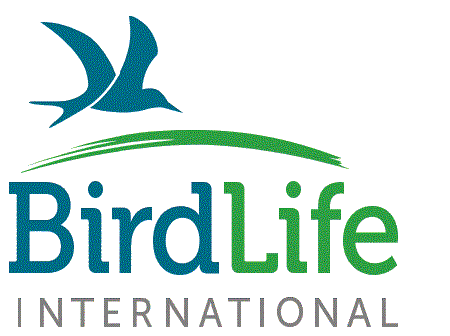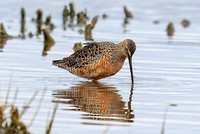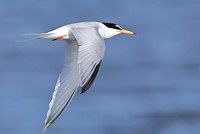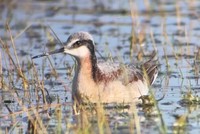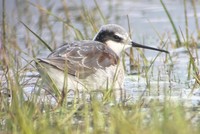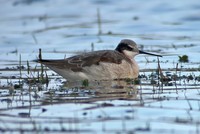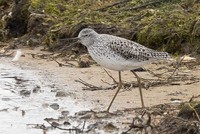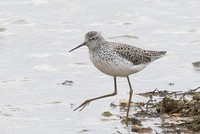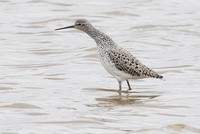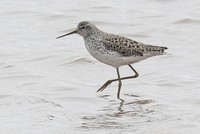Record breeding success for Critically Endangered Northern Bald Ibis
The Northern Bald Ibis Geronticus eremita has had an eventful and turbulent relationship with humans that has resulted in a graph of its population decline that matches its iconic red down-curved beak.
But latest breeding successes resulting from work of BirdLife Partners and the Government of Morocco gives hope for a harmonious relationship again in the future.
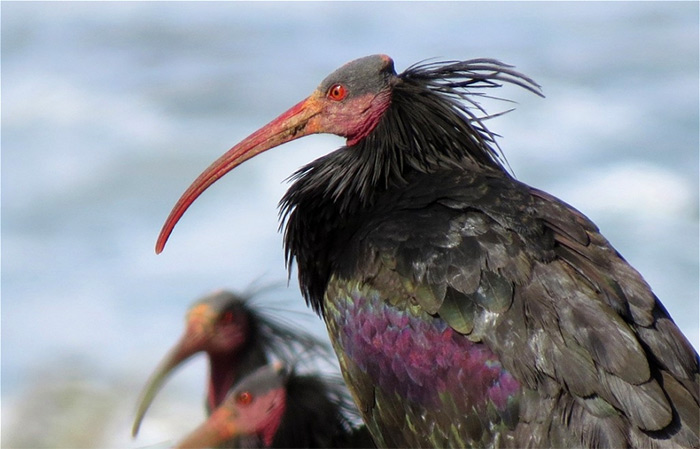
The large glossy-black bird once had an extensive range that spread across North Africa, the Middle East and Europe and has been idolised by humans as a symbol of fertility and virtue. Yet ironically human pressures have caused it to struggle breeding, and its dramatic range-reduction renders it classified today as Critically Endangered: reaching an all-time low at the end of the 20th Century with only 50 breeding pairs remaining. Today, 99% of the remaining wild birds are found in Morocco.
With that in mind, it is a great pleasure to announce that colonies in Morocco have had record reproductive success this year - the symbol of fertility now managing to live up to its tradition!
For the third year in a row, the colonies at Souss-Massa National Park and nearby Tamri, both Important Bird & Biodiversity Areas in south-west Morocco, formed a record number of breeding pairs, reaching 116 pairs in 2015.
“Despite challenges of funding wardens to protect the colonies, we managed to maintain the momentum of this project through 2015,” said Jorge Fernández Orueta, SEO/BirdLife (BirdLife Partner in Spain), who works on a project to save the Northern Bald Ibis through BirdLife’s Preventing Extinctions Programme.
“Breeding success is also especially high, reaching 1.7 fledglings per pair”, said Professor Mohamed Dakki, President of GREPOM (BirdLife in Morocco). “Post-breeding counts are also exceptionally big, with almost 600 birds – all the best recorded since detailed monitoring began and the establishment of Souss-Massa National Park 25 years ago!”
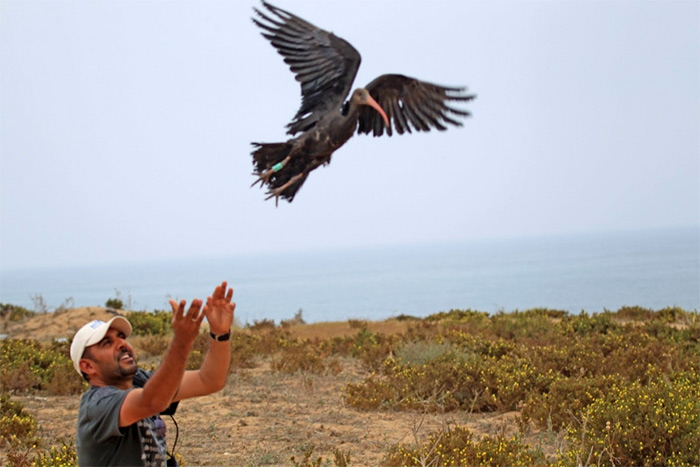
Apart from the Moroccan colonies, there is a tiny remnant population in Syria and a semi-wild population left at Birecik in Turkey, as well as experimental release work in Austria and Spain.
The BirdLife Partnership has really come together to save this species. We are proud to be contributing to the conservation of thislast viable, wild population of this species in the world through five BirdLife Partners*; with the support of several institutions, notably the Prince Albert II of Monaco Foundation, the BirdLife Species Champion for the Northern Bald Ibis. Souss-Massa National Park authority is responsible for work in the field and a longstanding conservation project since 1994.
“We are proud to now take on a leading role in the conservation of this globally-important species, and want to ensure the Moroccan people are just as proud,” said Professor Dakki.
“We also would like thank all Birdlife Partners and especially the Prince Albert II of Monaco Foundation for their continuous and notable support. A major part of this breeding success is thanks to considerable efforts made by Mohamed El Bekkay, Director of this Souss-Massa National Park, and Widad Obrou, responsible for ibis monitoring there.”
Through the project’s range of communication, awareness-raising and livelihoods-support activities, local people are increasingly taking ownership of the conservation of this iconic species. If you drive the coastal road in this region of Morocco you are likely to see Northern Bald Ibises painted on wall murals or used in local logos of local cooperatives.
As well as diligent monitoring, community wardens and staff of Souss-Massa National Park provide daily fresh water for the birds (which increases their breeding success) and patrol to prevent disturbance – including overseeing the increasing number of ecotourists who come to see the birds.
There is an urgency for a stronger formal protection status of the colony at Tamri, and to secure wardens for next season.
Professor Dakki concluded: “We thank also the High Commission of Waters and Forests for giving high conservation priority to Sous-Massa National Park, which was especially created to protect this legendary bird."
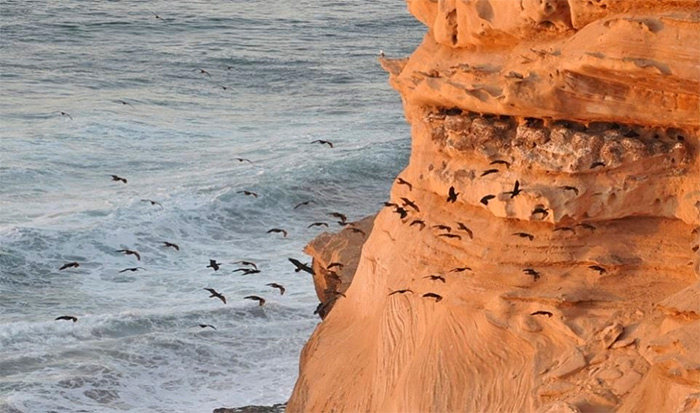
*BirdLife is proud to be contributing to the management and conservation of the last viable, wild population of Northern Bald Ibis in the world through: SEO/BirdLife(BirdLife in Spain), RSPB (BirdLife in the UK) and,GREPOM (BirdLife in Morocco), in conjunction with High Commission for Water and Forest and Fight Against Desertification (Government of Morocco); and through support from SVS-BirdLife Switzerlandand VBN (BirdLife in the Netherlands), with the support of several institutions, notably the Prince Albert II of Monaco Foundation, the BirdLife Species Champion for the Northern Bald Ibis through the BirdLife Preventing Extinctions Programme. Souss-Massa National Park authority is responsible for work in the field and a longstanding conservation project since 1994.
This year, GREPOM (BirdLife Morocco) has taken on a leading role to protect the future of the Northern Bald Ibis in Morocco which is, given 99% its wild population is found in Morocco, very important for protecting the future of this Critically Endangered species globally.
BirdLife International
23 November 2015


